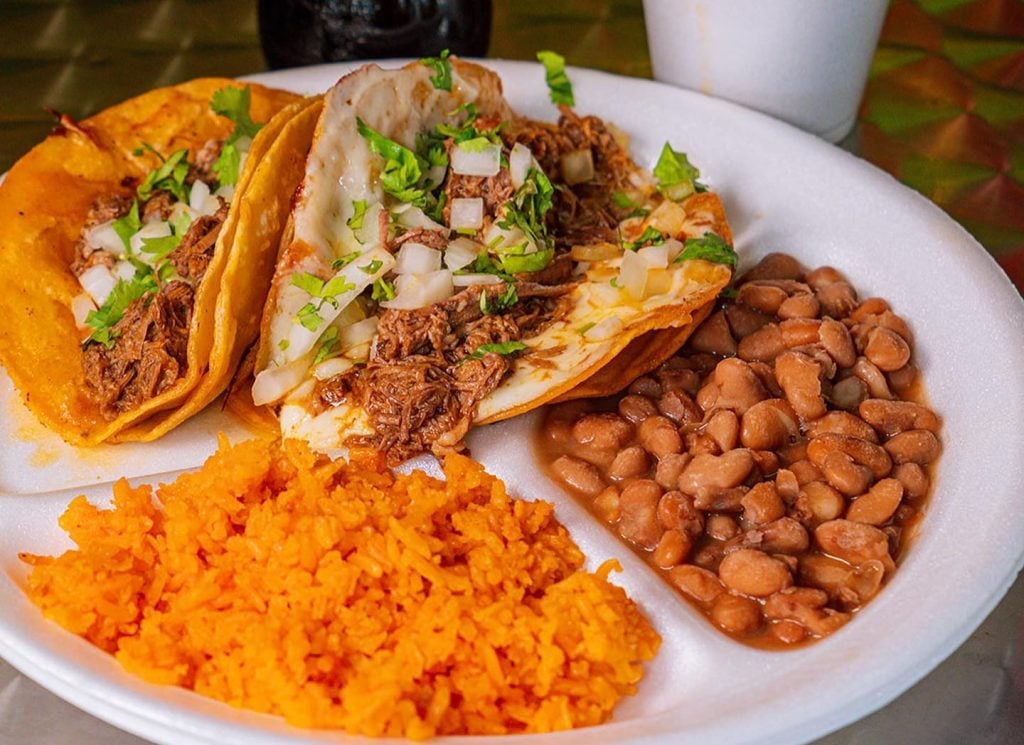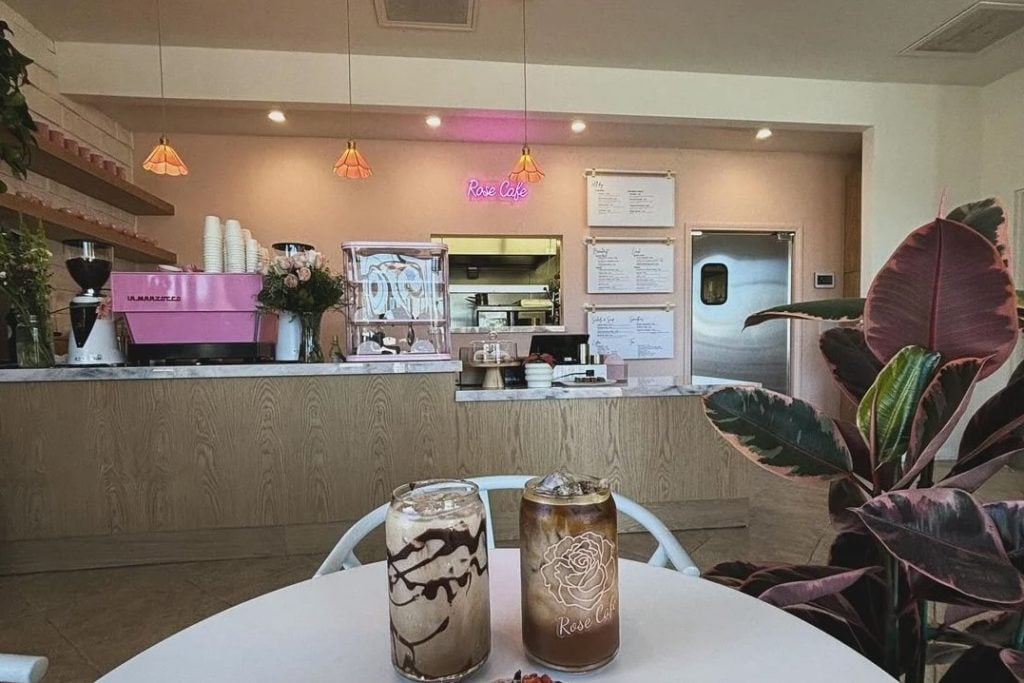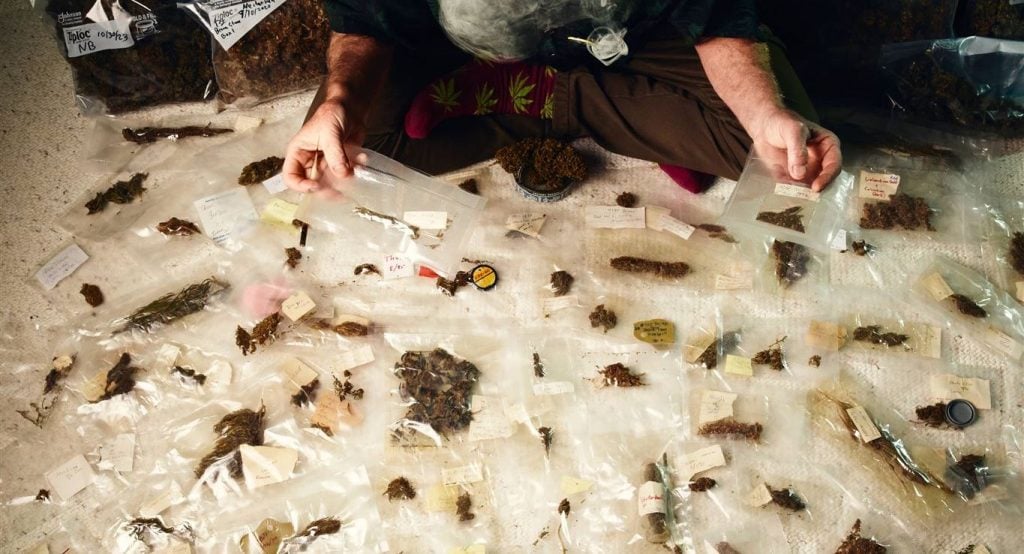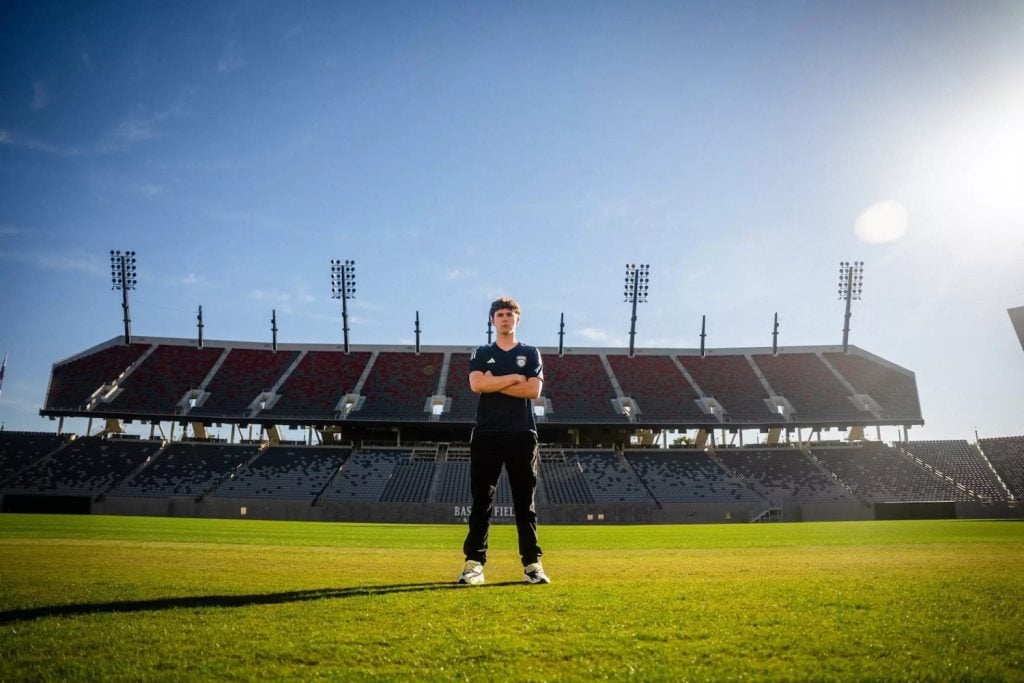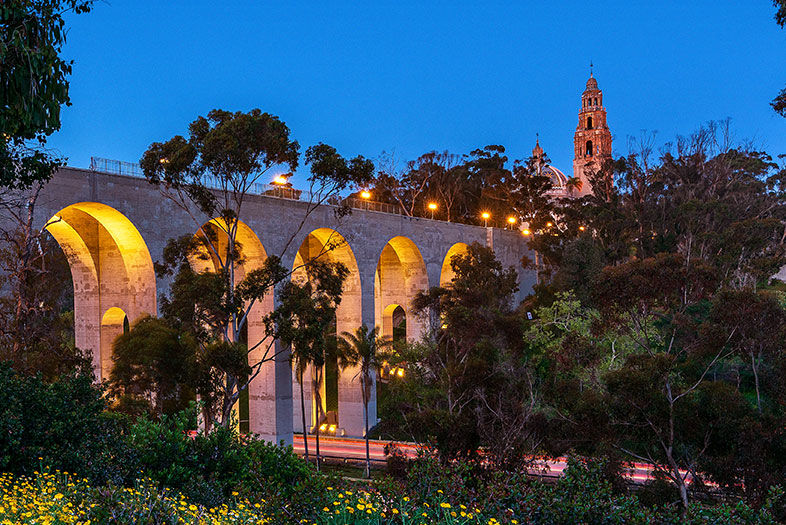If You Build It
… they will cross it. That was the premise for erecting Cabrillo Bridge as a dramatic 916-foot-long entry into Balboa Park for the 1915 Panama–California Exposition. Construction started in December 1912 and was carried out mostly by hand. Over a million board feet of redwood was used and 270,000 tons of concrete poured—the equivalent of about 425 Christ the Redeemer statues. It was declared complete on April 13, 1914, when San Diego Mayor Charles F. O’Neill and Franklin D. Roosevelt, then assistant secretary of the Navy, made the inaugural drive over. The bridge was reserved only for pedestrians in its first two years, but special exceptions were made for dignitaries.
Designer Drama
What’s a bridge without troubled waters? We can thank architects Frank Allen Jr. and Bertram Goodhue for Cabrillo’s. Goodhue proposed a three-arch design possibly inspired by bridges in Toledo or Alcántara, Spain, but it was $7,000 over the approved $150,000 budget. Instead, Allen’s on-budget seven-arch proposal was approved. With designer Thomas Hunter and some direction from Goodhue, Allen proceeded with construction—and by the end had overspent by more than $70,000. Goodhue also wrote a letter claiming Allen had taken more credit for the architecture than was due.
Pillars of Strength
As with any century-old structure, Cabrillo Bridge has had its fair share of updates. The first came in 1950, with the addition of a wrought-iron fence to deter suicide jumpers—and protect drivers from them. But the biggest maintenance projects have happened in the last 15 years, mainly in those 14 pillars, whose redwood frames have proven a fire hazard. The pillars’ hollow interior has frequently attracted homeless people looking for shelter, and accidental fires likely caused by them broke out in 1951, 2004, and again this April. The old wood has since been replaced and the structure earthquake-proofed and uplit so the bridge shines brightly at night. Caltrans and the city are tasked with the usual upkeep: patching up concrete from salt erosion, removing ivy, and covering up graffiti. The bridge isn’t meant to be decorated, but it seems maintenance crews may have a soft spot for romance—they’re known to overlook love locks left on the fence.
What’s Under There
Originally called Cabrillo Canyon, the terrain below the bridge has been relandscaped twice since the bridge’s construction. First came a manmade lagoon in 1915 to lend the structure a reflection. But mosquitoes were quick to infest the lily-pad-covered waters and it had to be significantly drained. The city scrapped the shallow pool completely in 1948 when the 7.1-mile US 395/Cabrillo Freeway was laid (known today as State Route 163). As luck would have it, the bridge’s 56-foot-wide, 120-foot-tall arches were the perfect fit for a four-lane highway and median.
Cross the Icon!
Cabrillo Bridge
El Prado, Balboa Park
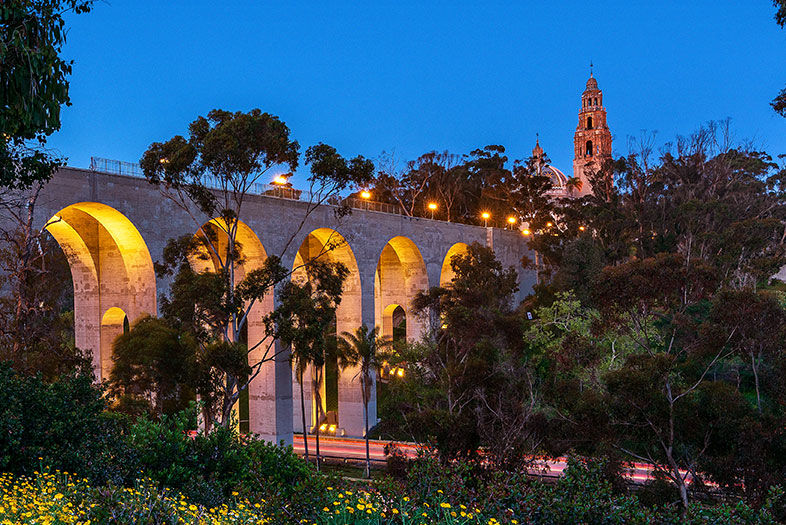
Inside the Icon: Cabrillo Bridge
Photo by John Bahu
